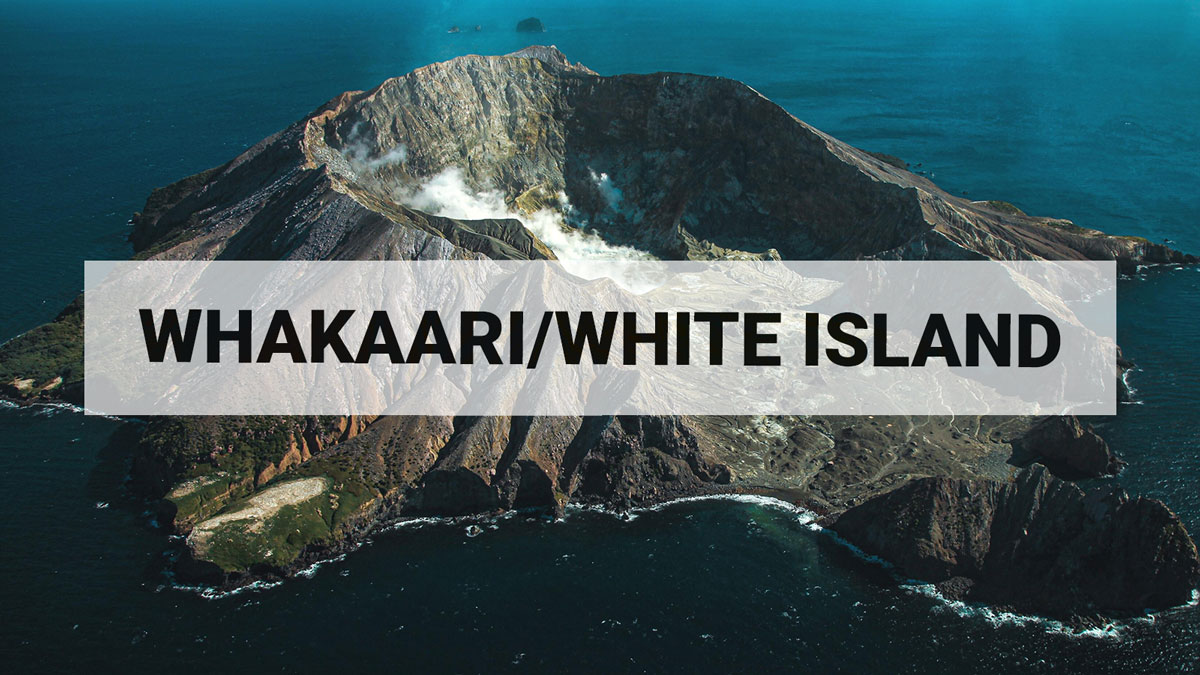
Minor volcanic unrest continues at Whakaari/White Island
Updated: Wed May 24 2017 10:00 AM
Recent routine monitoring of Whakaari/White Island indicates minor volcanic unrest continues. In October GNS scientists reported an increase in the amount of volcanic gas been emitted and the presence of volcanic tremor. This week we have completed soil gas and leveling surveys and a gas flight. The results of these surveys and other continuous monitoring confirms minor volcanic unrest continues at White Island.
GNS volcanologists who visited the Island this week measured minor amounts of ground deformation, ranging from +20 mm to -12 mm (over the last 3 months) and a small increase in the CO2 soil gas flux from 660-750 grams per square metre per day also in the last 3 months. There has been a small increase in the temperature of the hottest fumarole (174 to 177 ºC) in the last 6 weeks and the lake temperature (54-56 ºC). The water level of the Crater Lake has stabilised with no change noted on this week’s visit or by the regular measurements in the last 3-4 weeks. The SO2 gas output as measured by the DOAS SO2 gas spectrometers, has ranged between 250 to 680 tonnes per day of gas during the last month.
The levels of volcanic tremor continue to vary but do show a consistent rise over the last 2 months. They remain below those observed in 2012 when unrest was stronger and small eruptions occurred. The airborne gas measurements show a increase in CO2 output since the 18 November flight (2000-2200 t/day), while SO2 (400-340 t/day) and H2S (26-15 t/day) have declined.!
The Volcanic Alert Level remains at Level 1 (minor volcanic unrest). The changes we are seeing presently are consistent with minor volcanic unrest. Activity may continue to increase or die away. Typical volcanic unrest hazards like hot ground and gas remain. A range of activity can occur under these conditions with little or no useful warning.
GNS Science is continuing to closely monitor the activity at Whakaari/White Island (and other New Zealand volcanoes) through the GeoNet project. The Volcanic Alert Level ranges from 0 to 5 and defines the current status at a volcano. Aviation Colour Codes are based on four colours and are intended for reference only in the international civil aviation community.